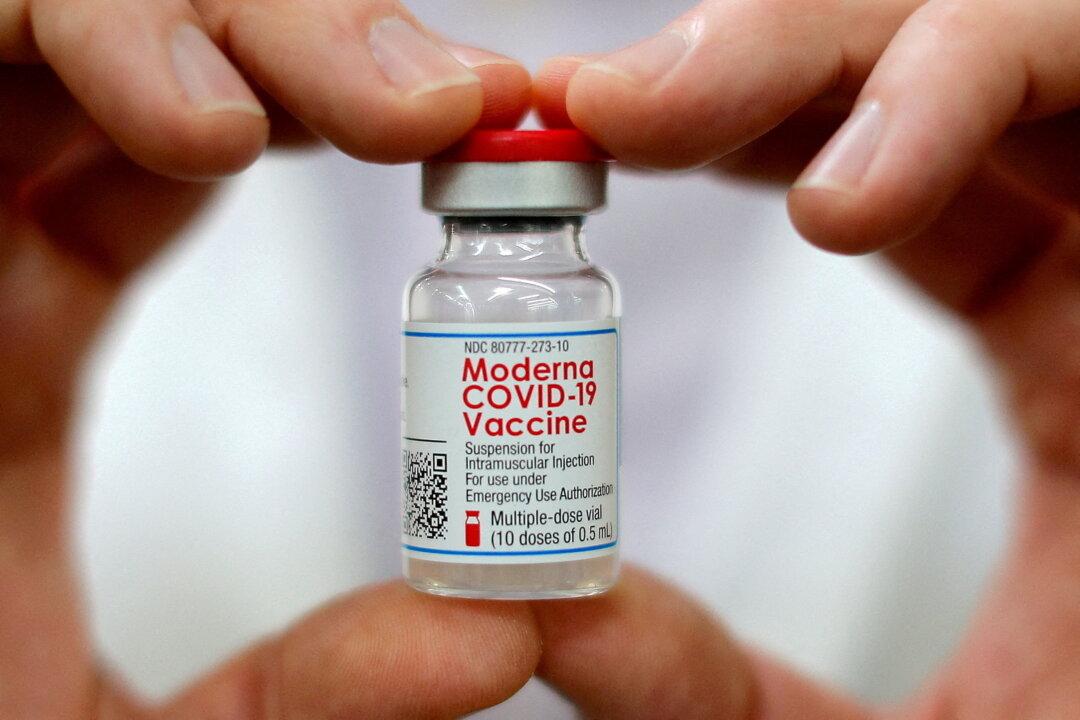A subvariant of the Omicron strain of the novel coronavirus, BA.2, now accounts for just over a third of daily reported COVID-19 cases in the United States, according to government data released on Tuesday.
As overall infections continue to decline from January’s record highs, the subvariant is gaining ground across the country, data from the Centers for Disease Control and Prevention (CDC) show.





